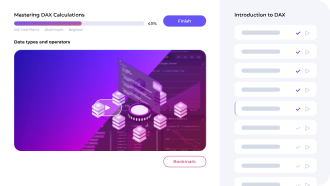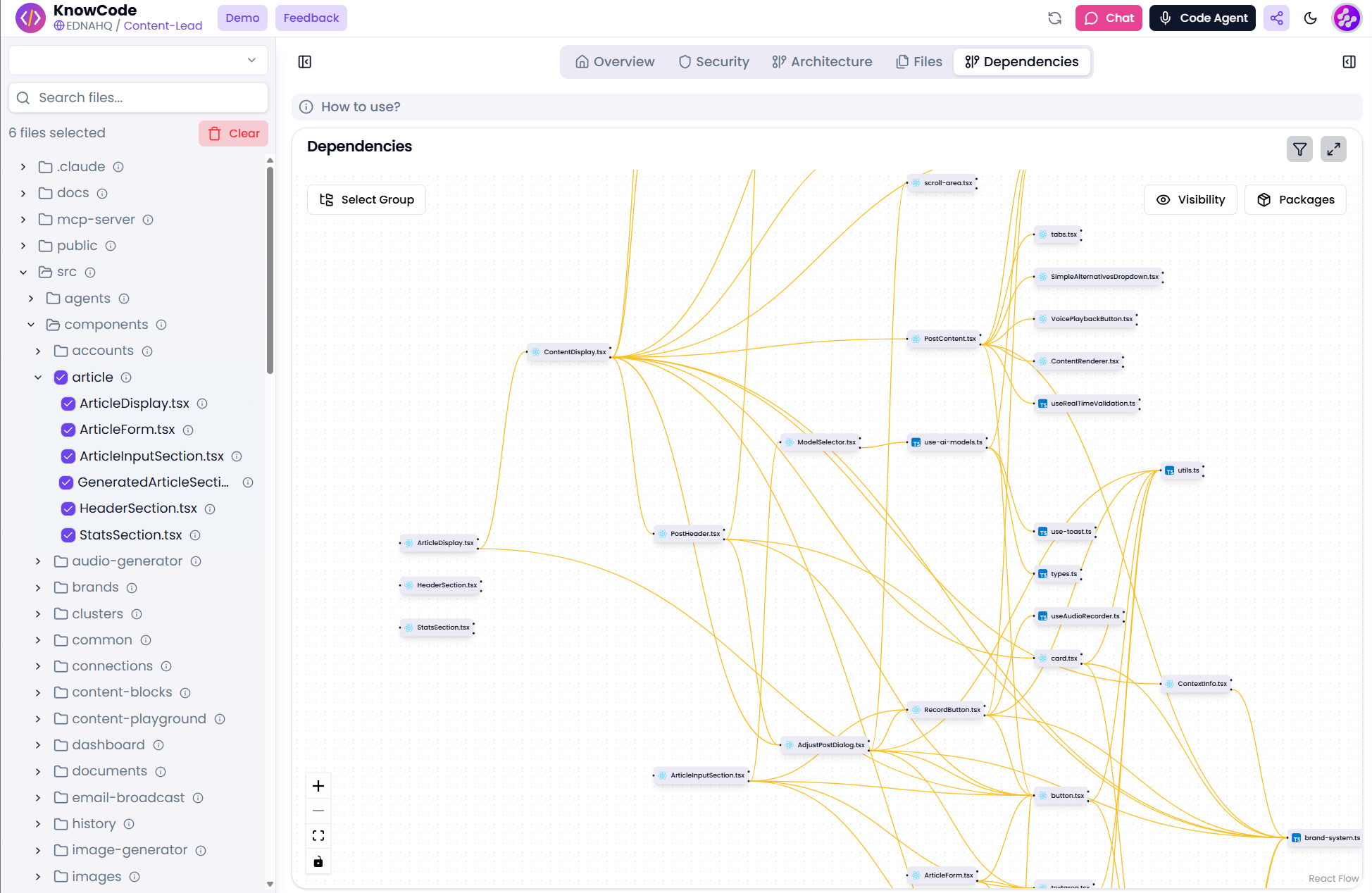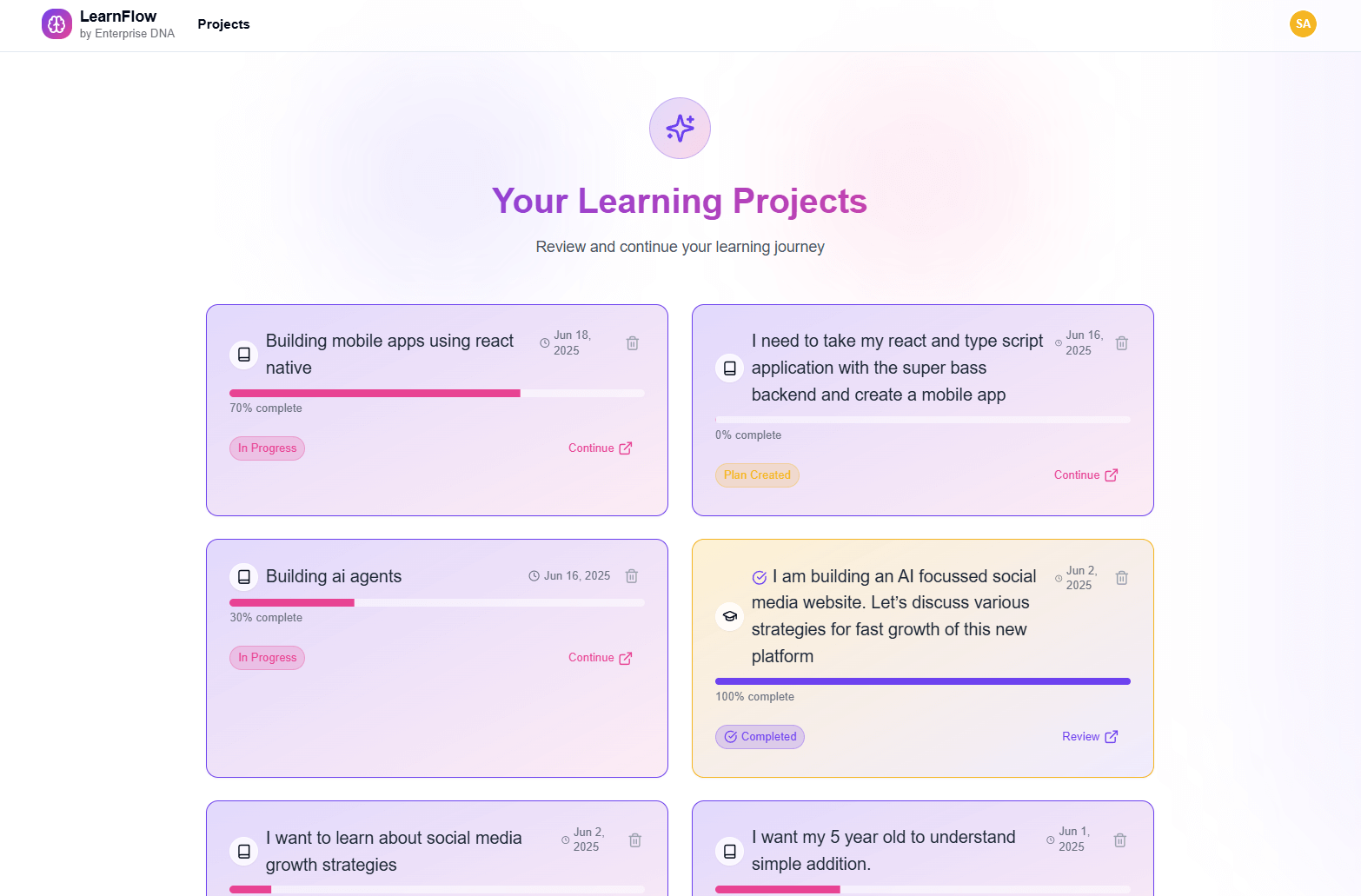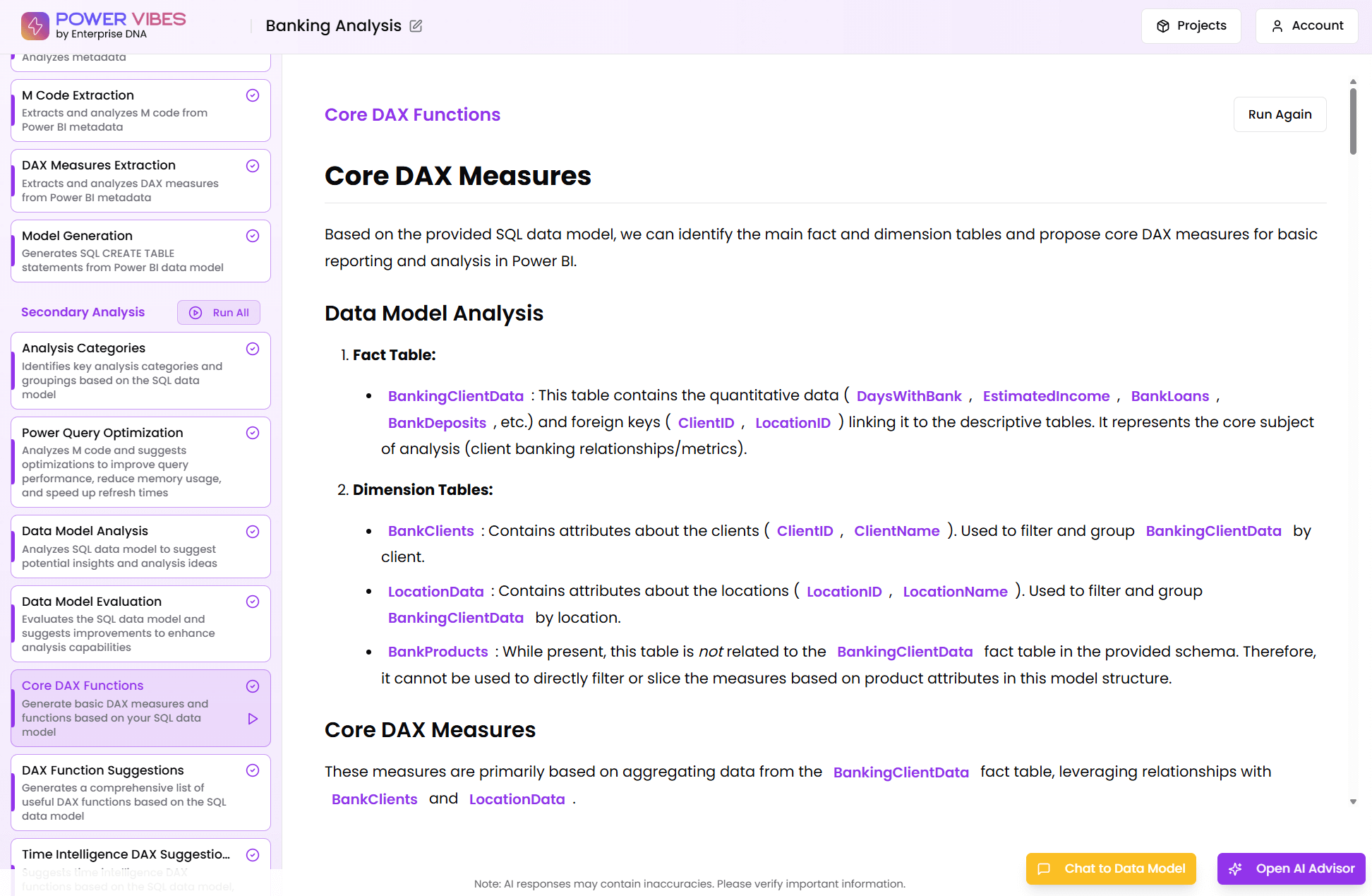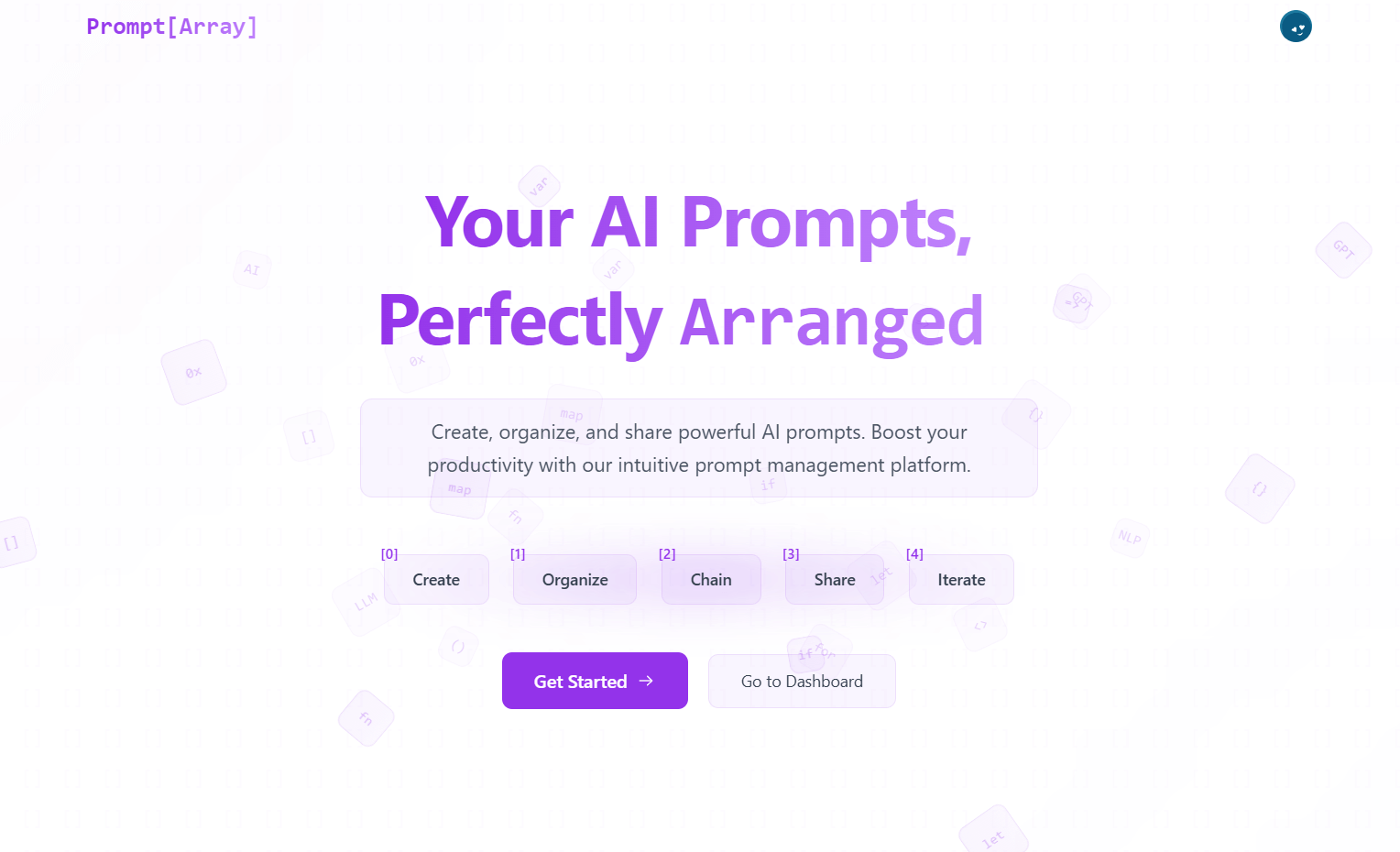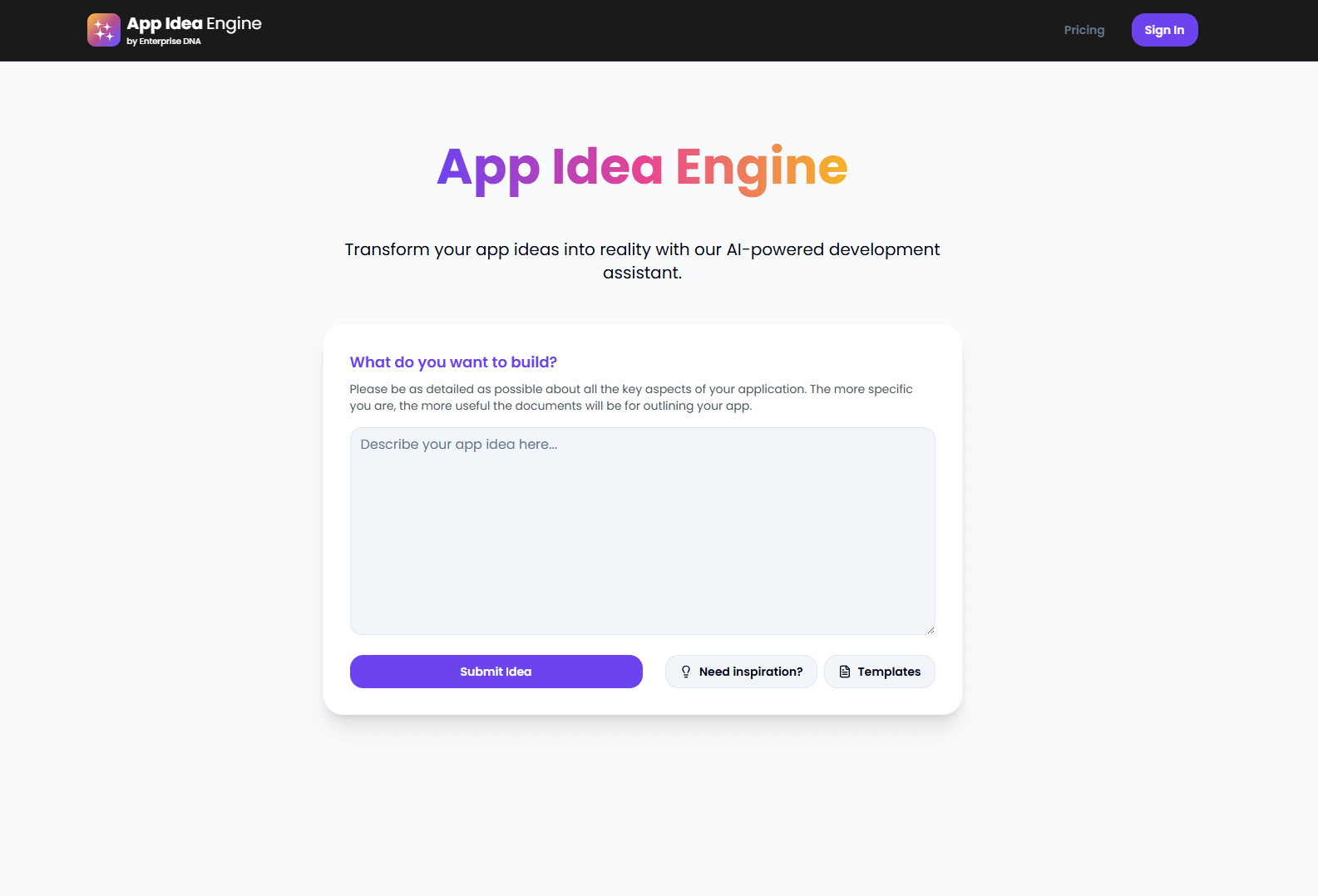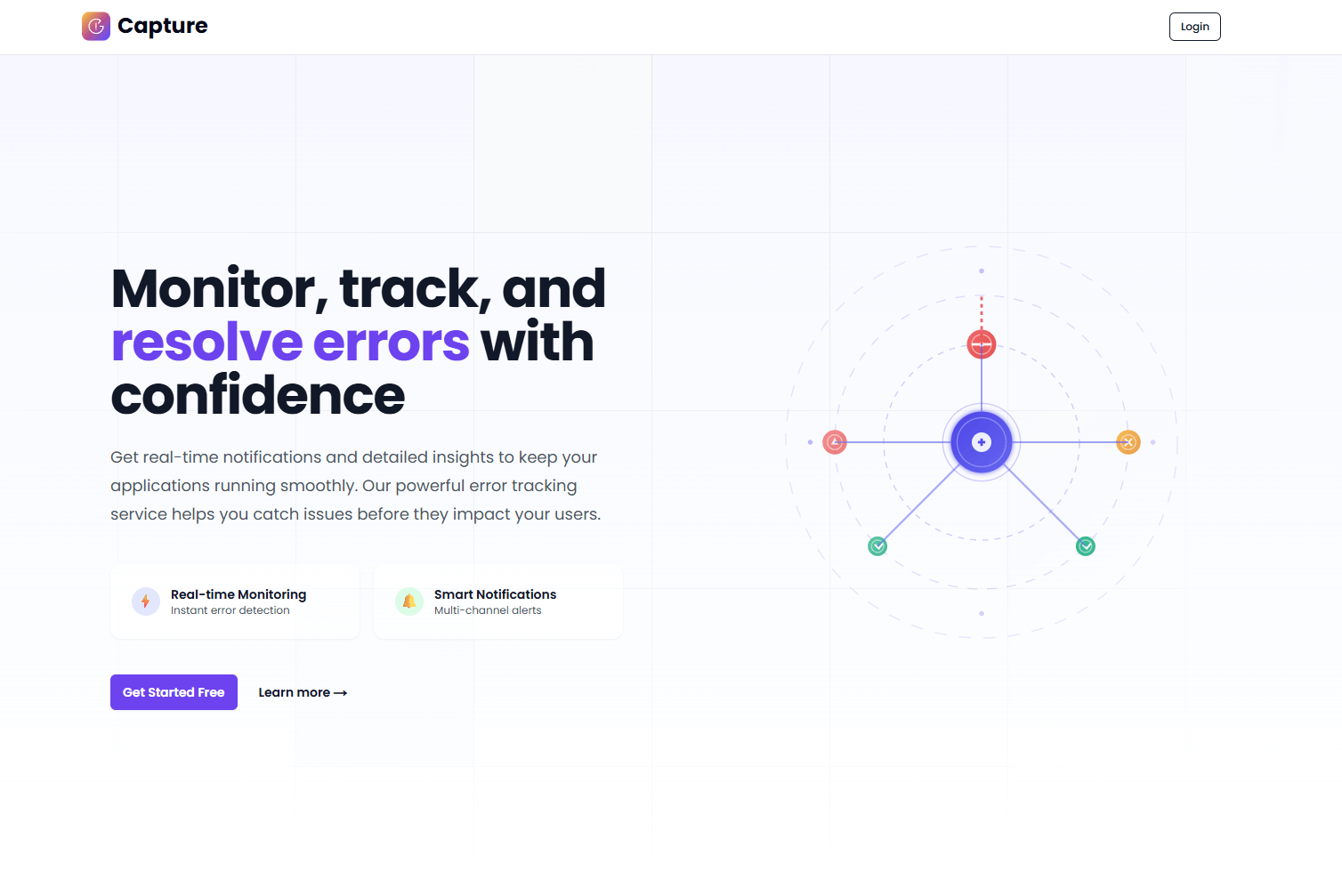Resource packs
Beginners Guide To Getting Started With Python For Data Analysis
The "Beginner's Guide to Getting Started with Python for Data Analysis" is designed to help newcomers navigate the foundational aspects of using Python for data-related tasks. The guide begins with instructions on installing Python and essential libraries like Pandas, NumPy, and Matplotlib, which are fundamental for performing data analysis. It then walks users through basic Python syntax, including data structures such as lists, dictionaries, and loops, which are crucial for writing simple scripts and manipulating data.
As users progress, the guide introduces them to data handling with Pandas, focusing on loading datasets, filtering, sorting, and performing summary statistics. It emphasizes the importance of data cleaning techniques, such as handling missing values and removing duplicates, to ensure data is properly prepared for analysis. The guide also covers exploratory data analysis (EDA) using visualization libraries like Matplotlib and Seaborn, helping users uncover patterns and trends in their data. Additionally, it provides an introduction to NumPy for efficient numerical computing and encourages the practice of writing custom Python functions to automate repetitive tasks. Finally, the guide highlights the use of Jupyter Notebooks for interactive coding and documentation, and stresses the importance of continuous learning and practice to advance in Python and explore more complex topics like machine learning.
What our Students Say
Your Author
EDNA Team
Data & AI
Frequently Asked
Questions
What’s the difference between a free account and a paid plan?
Do I need to know anything about data science or data analytics to get started with Enterprise DNA?
How will I be charged?
Can I get an invoice for my company?
Are refunds available?
Will AI take over the world and make data skills worthless?
Get full access to unparalleled
training & skill-building resources
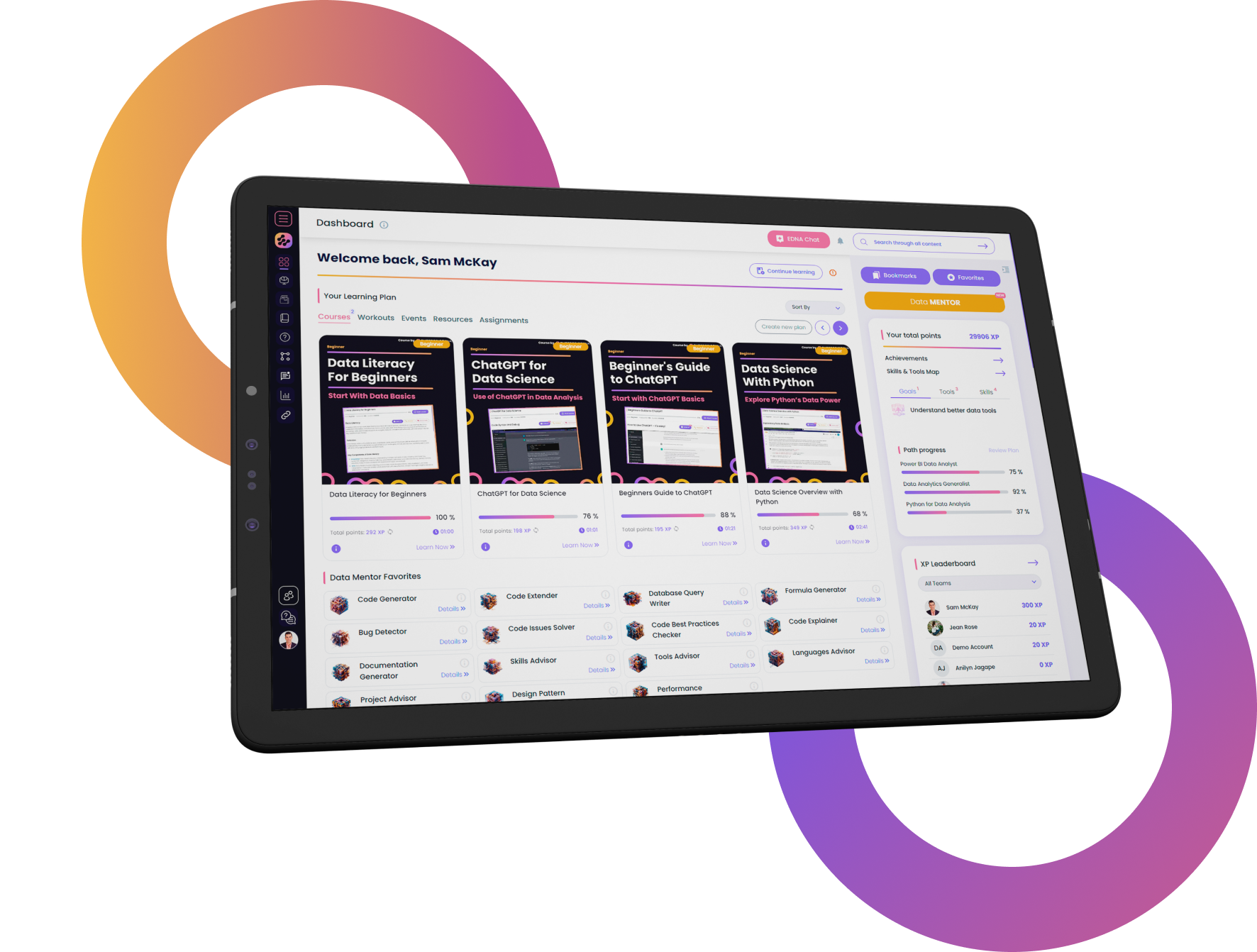
FOR INDIVIDUALS
Enterprise DNA
For Individuals
Empowering the most valuable data analysts to expand their analytical thinking and insight generation possibilities.
Learn MoreFOR BUSINESS
Enterprise DNA
For Business
Training, tools, and guidance to unify and upskill the data analysts in your workplace.
Learn More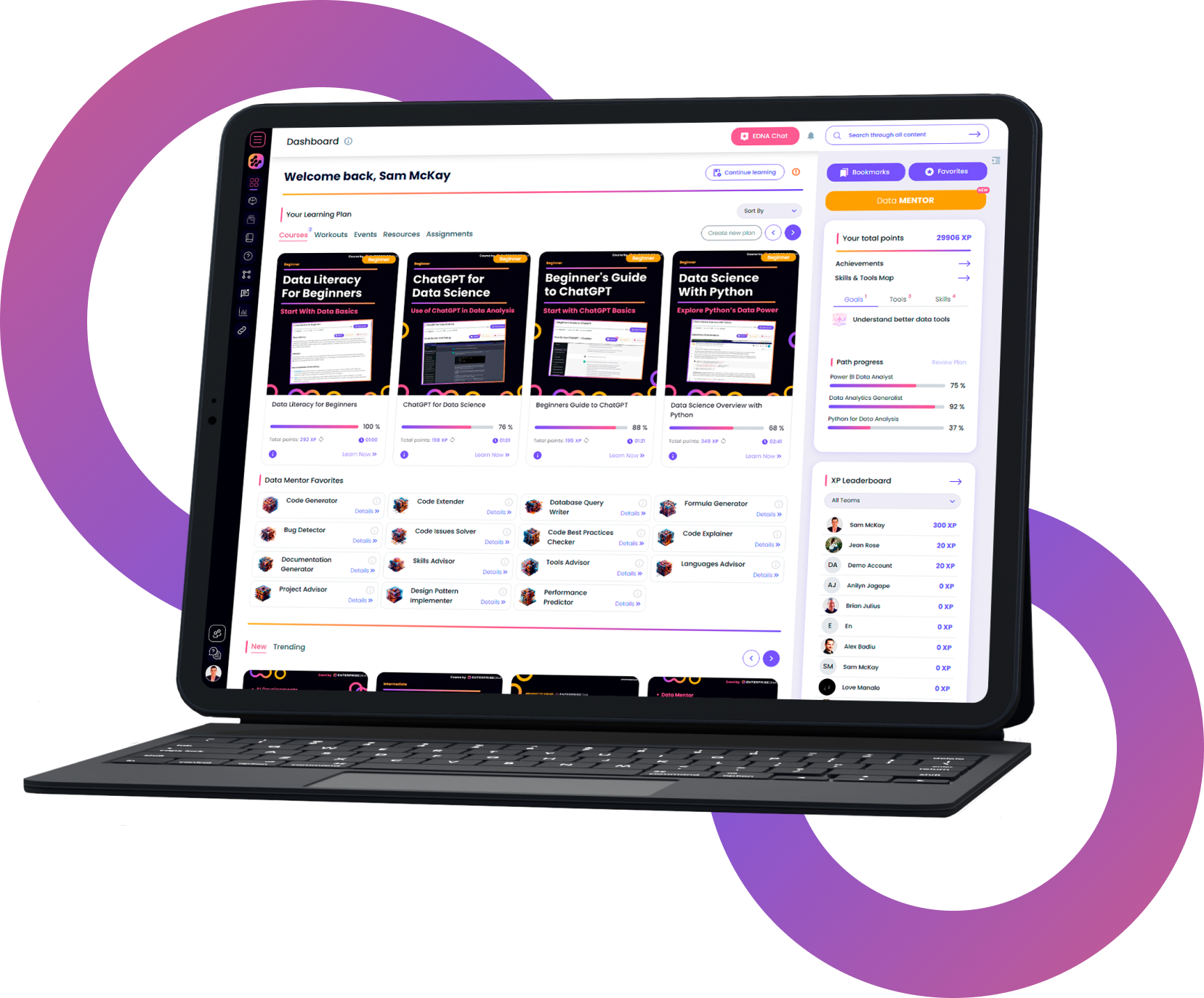
Latest Guides
Loading

